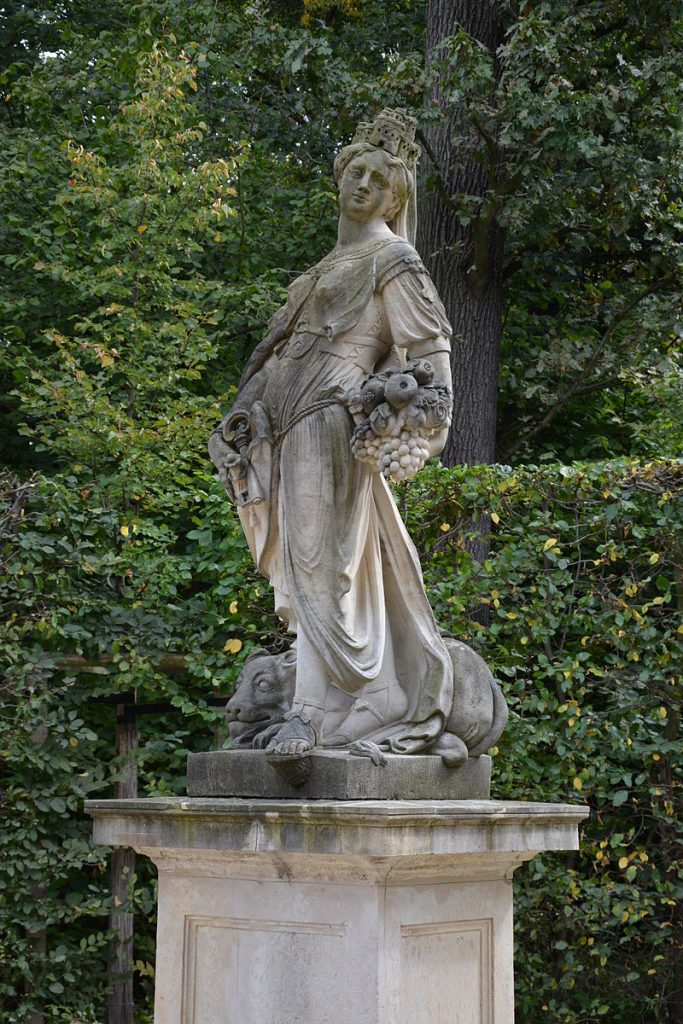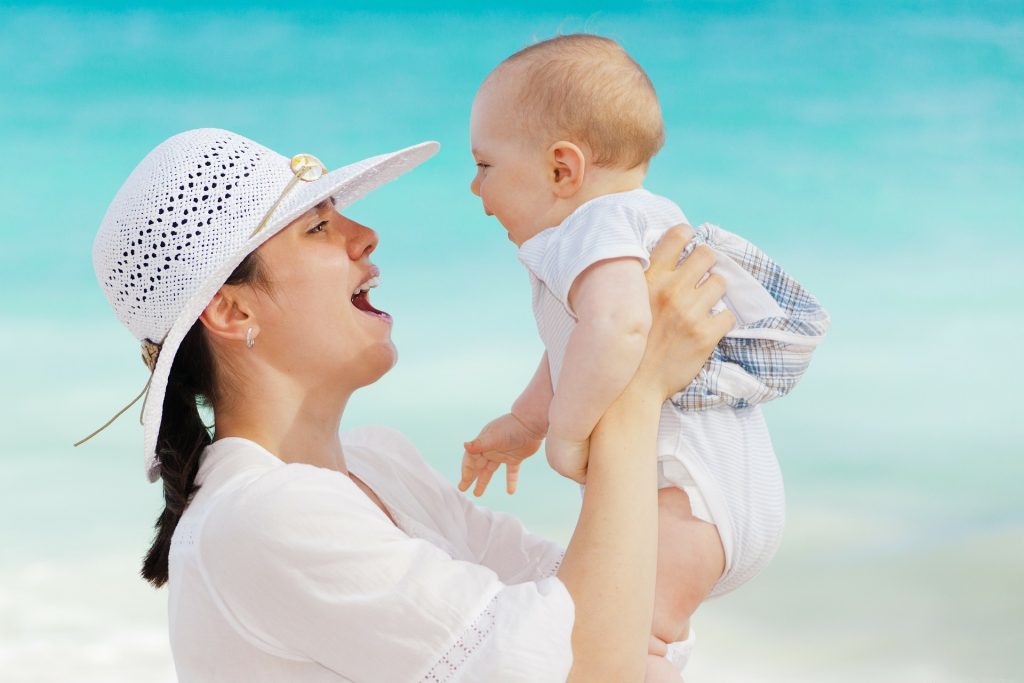The origins and traditions of Mother’s Day – Hungarian mothers run the world

Mother’s Day is an international celebration when many countries worldwide dedicate a whole day to celebrate mothers and motherhood. The date of this celebration is different in every culture – in Hungary, Mother’s Day is celebrated on the first Sunday of May each year.
[button link=”https://dailynewshungary.com/government-official-support-of-mothers-remains-a-priority/” type=”big” color=”red” newwindow=”yes”] Government official: Support of mothers remains a priority[/button]
Celebrating mothers and motherhood comes from ancient times in Greece where people usually held spring-celebrations for Rhea, the “mother of Gods”, and every Greek mother in the country. In the 1600s, Mother’s Day celebrations were broadened with religious relations in England where this celebration was held on the fourth Sunday after Easter. On this day, every servant got a free-day when they could travel home to celebrate their mothers.

Before visiting and celebrating mothers, the people of England usually baked the traditional “Mothers’ Cake” the day before the celebration.
In the United States, Mother’s Day was first celebrated in 1872 in the city of Boston. An American woman, Anna Jarvis, is considered to be the founder of Mother’s Day celebrations in the United States because, in 1907, she demanded making this celebration a national holiday in the USA. Her hard work and tremendous efforts became a reality in 1914 when Woodrow Wilson, president of the United States, declared Mother’s Day a national holiday.

In Hungary, the first Mother’s Day celebration was held in 1925 which was also a celebration related to the Virgin Mary. Three years later, an official statement by the government made Mother’s Day a mandatory celebration in every educational institution. On this day, children usually make presents, buy flowers and recite poems to their mothers to express their gratitude and love towards them.
POSITIVE TRENDS SHOWED REGARDING HUNGARIAN MOTHERS
Pénzcentrum reported that rapid positive changes happened when it comes to statistics of Hungarian mothers. In 2018, 67.5% of Hungarian women with children had a permanent job which is the third biggest increase among the countries of the European Union (9% since 2010) – only Ireland (9.9%) and Malta (22.6%) have a bigger percentage. This phenomenon is partly due to the fact that the Hungarian government announced several surprising points to protect family policies.
According to the latest statistics, the situation regarding working women in the country increased by 4.7% in eight years. In the European Union, Hungary is the third country which showed this kind of rapid increase in the past years.

ORBÁN STATE-OF-THE NATION ADDRESS IN BUDAPEST – FAMILY PROTECTION ACTION PLAN
Every woman under 40 years of age will be eligible for a preferential loan when they first get married. The preferential loan of the family home purchase scheme (CSOK) will be extended; families raising two or more children will now also be able to use it for purchasing resale homes. The government will repay 1 million forints of the mortgage loan of families with two or more children. This measure was first announced in August 2017 for families with three or more children, with the government paying off 1 million forints of families’ mortgages for every third and subsequent child from January 2018. The measures have now been extended to include families raising two children.
[button link=”https://dailynewshungary.com/orban-state-of-the-nation-address-in-budapest-here-are-the-surprising-announcements/” type=”big” newwindow=”yes”] READ MORE HERE[/button]
Source: www.penzcentrum.hu, www.delmagyar.hu





